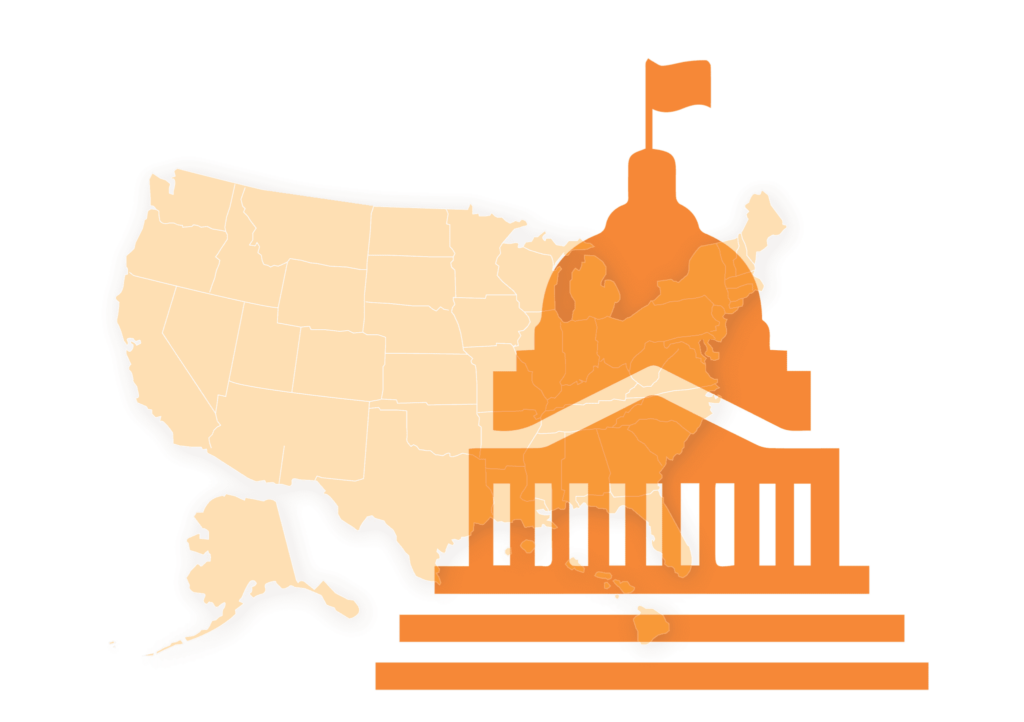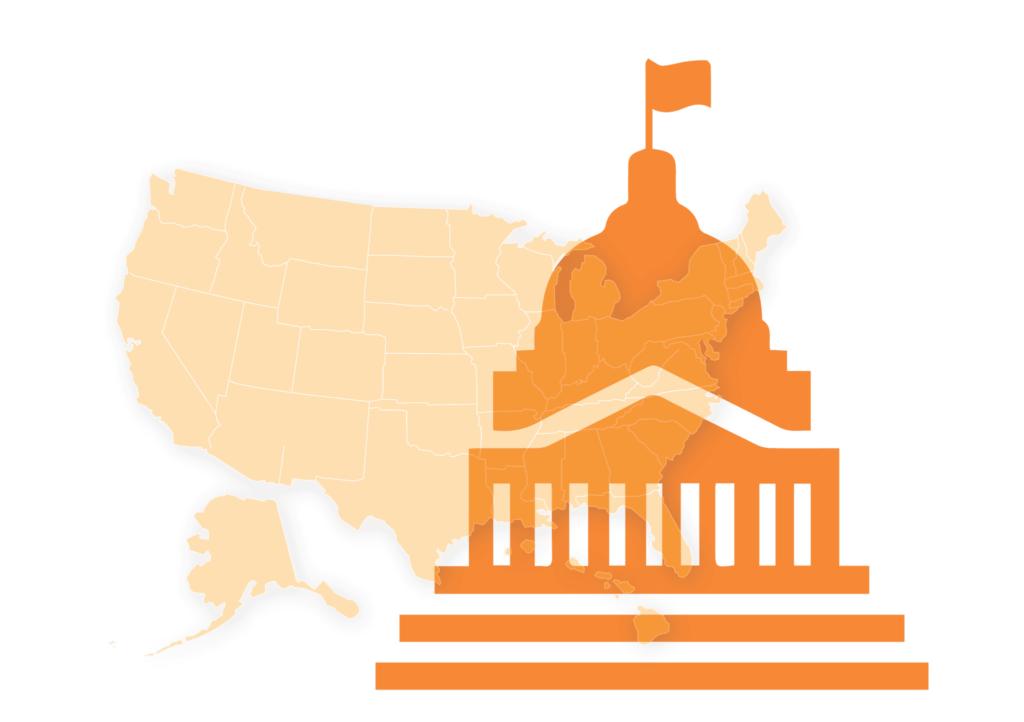1. Expand Summer Meal Options
Students who rely on school meal programs during the school year face several barriers to accessing summer meal sites. The current Summer Food Service Program (SFSP) strives to address out-of-school summer hunger, but it does not always reach our nation’s most vulnerable children. For example, in the summer of 2019, the program only reached 1 in 7 students who participated in the Free and Reduced Price Lunch System during the school year. Students in rural or other hard-to-reach areas stand to benefit from a multi-program approach to curb summer hunger.
CNR presents an opportunity to build on the success of the Summer Electronic Benefit Transfer (Summer EBT) Demonstration project and the Pandemic Electronic Benefit Transfer program (Pandemic EBT) created during the COVID-19 pandemic to ensure that no student goes hungry during the summer months. To that end, Congress should act to:
- Permanently authorize and fully fund the Summer EBT program to provide benefits to all children (including children 0-5 ) nationwide who are eligible for free and reduced priced meals over the summer months, school holidays, weekends, and school closures
- Expanding Summer EBT has been shown to reduce food insecurity by almost 30% and increase access to healthy food, including fruits and vegetables
2. Maintain and Strengthen Access to Nutritional Opportunities for Students and Providers
Meals provided at school, while essential to student success, cannot alone solve child hunger issues in our country and bridge existing inequities in access to food. Students need access to nutritional supports before, during, and after the school day, including on weekends.
Efforts in this area must be two-fold: 1) improve and expand access for students to participate in the school meal programs; and 2) make it easier for child care providers and community-based organizations to provide meals to children and students in educational settings and during out-of-school time. To that end, Congress must:
- Expand direct certification opportunities and simplify school meal enrollment processes for students and their families (e.g., automatically qualify students experiencing homelessness, migrant students, or students living in households participating in TANF or Medicaid)
- Encourage school participation in Community Eligibility Provision (CEP) and expand community eligibility to increase the number of schools offering meals to all students at no charge, resulting in more children accessing the educational and health benefits linked to participation in school meals
- Increase access to and funding for out-of-school meal programs, including during after-school activities, extracurricular activities, and child care settings
- Incentivize more participation in child nutrition programs, especially in rural and hard to reach areas, by making it easier for child care providers and community-based organizations to provide meals to students through the Child and Adult Care Food Program (CACFP) or SFSP (for example by improving the area eligibility test and increasing reimbursements for CACFP providers and sponsors)
- Streamline the summer and after-school meals programs to make it easier to provide year-round meals under the SFSP and lengthen certification periods
3. Strengthen Data Collection on Child Nutrition
As the pandemic exacerbates educational and economic inequities, it becomes clearer that better data is necessary to understand how to best support students, especially those with the highest need. States require high-quality data on student need disaggregated by student group to achieve their goal of supporting social, emotional, and academic development. In addition, districts and schools need robust school meal data collection (e.g., number of students contacted, number of students who participate in programs, changes year to year, any incidents of “lunch shaming”) and reporting systems to grasp the full extent of food insecurity among their student populations to serve them better. To support data collection and efforts, Congress must:
- Direct the federal government to support efforts to improve school-level poverty measures. While community eligibility helps ensure that all students can participate in school breakfast and lunch at no cost, states, school districts, and schools must adjust how they collect alternative family income information to understand how the needs of students from low-income backgrounds are being met and fairly allocate additional state and local funding for students from low-income backgrounds and distribute Title I funds
- Provide clear and uniform guidance on data collection practices on family income will ensure that states can distribute resources equitably. Importantly, this guidance should include measures of poverty, including median household income by census block or eligibility for services meant to support families from low-income backgrounds (e.g., SNAP or TANF)
- Improve data collection and implementation of programs like Pandemic EBT and Summer EBT by requiring states to clearly track data on free and reduced-price eligible students in their statewide longitudinal data systems
4. Increase Opportunities to Engage in Healthy Choices in a Culturally Responsive and Sustaining Environment
Food not only brings people together but also helps develop understanding and appreciation across traditions and cultures. As our nation and its schools become increasingly racially and ethnically diverse, so too should nutrition education and the food served in schools. Nutrition education programs also provide an important opportunity to teach children about making healthy food choices and taking an active role in their own health and development. To support healthy choices, schools should offer nutritious options. In addition, Local School Wellness Plans can engage communities around shared physical and mental health and wellness goals. Congress must promote this by providing grants for state and local education agencies to:
- Implement holistic, culturally sustaining, and inclusive nutrition education programs in all child nutrition programs. Nutrition education can come in multiple forms, including:
- Integrating nutrition education into health, history, science, and math classes
- Community and/or school gardens
- Culinary classes
- Farm-to-school programs
- Family recipe cards
- Collaborate with the local healthcare community to exchange resources and spread information about access to healthcare and nutrition. Both food and healthcare providers can be trusted community members, so strengthening the relationship between these two entities to disseminate information can result in more students and their families accessing critical health and nutrition resources
- Include rigorous nutrition standards based on data and support for implementation of those standards
- Provide direct funding to offset costs to schools and community-based nutrition organizations that implement innovative practices to improve the quality of and/or access to nutritious meals
- Provide funding for professional development for school staff to engage in creating healthy environments
- Strengthen Local School Wellness Plans to include supporting mental health






 May 23, 2024 by
May 23, 2024 by 